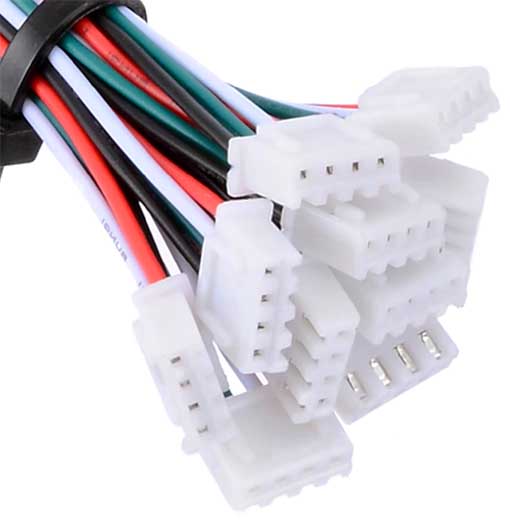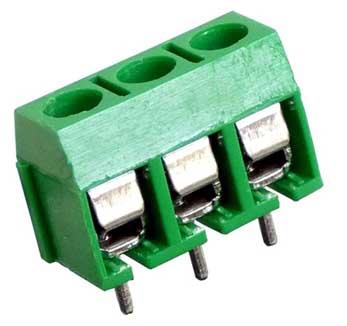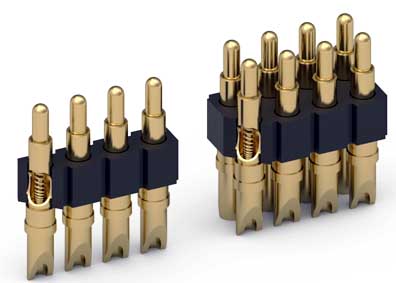How do we Correctly Choose Connectors in Electrical Design

When choosing the correct connector for a particular circuit or a particular location in a system, a useful sequence can be considered. Although manufacturers provide detailed specifications for their products, it is still difficult to choose the best choice for a given circuit or system, and the use of logic methods can help a lot.
1. What is a connector application:
The first step in selecting or selecting a connector may be to define the purpose of the connector. Aspects such as board-to-board, cable-to-circuit board, and cable-to-chassis whether connectors are required will determine many of its characteristics.
2. Consider the current situation:
The current level required by the connector will tend to control many of the overall characteristics. Low current connectors are often very different from the connectors required to carry high currents. The current that the connector needs to carry is one of the important factors in choosing a connector. If high current levels are designed, then certain types of connectors will be suitable, and these connectors tend to be larger. And in cases where a smaller current level is required, a smaller connector can be used.

3. Check the required space and shape:
The shape and space available for the connector will also play an important role in the decision-making process, which usually controls the type of connector used.
4. Environmental requirements:
Environmental requirements can play an important role in choosing any connector. Many connectors are only suitable for benign environments. Other connectors may need to be operated under harsher conditions such as temperature, humidity, and vibration. In some cases, it may be necessary to seal the connector to reduce the influence of moisture ingress. Sometimes they may need to be waterproof if they are to withstand water rather than just moisture. This needs to be seen as part of the decision-making process.

5. Strain relief:
Most connectors either have some form of strain relief or are available as options. In places where vibration is likely to occur or connectors need to be connected and disconnected, strain relief is especially required.
6. EMC and screening:
In some cases, screening is required, especially for EMC requirements. Some connectors can choose to perform additional filtering, or they may already be included.
7. Voltage considerations:
It is always wise to check the voltage rating of the connector, especially when high voltages are used. In some cases, it may be necessary to leave floating pins around any high voltage carrying pins.





